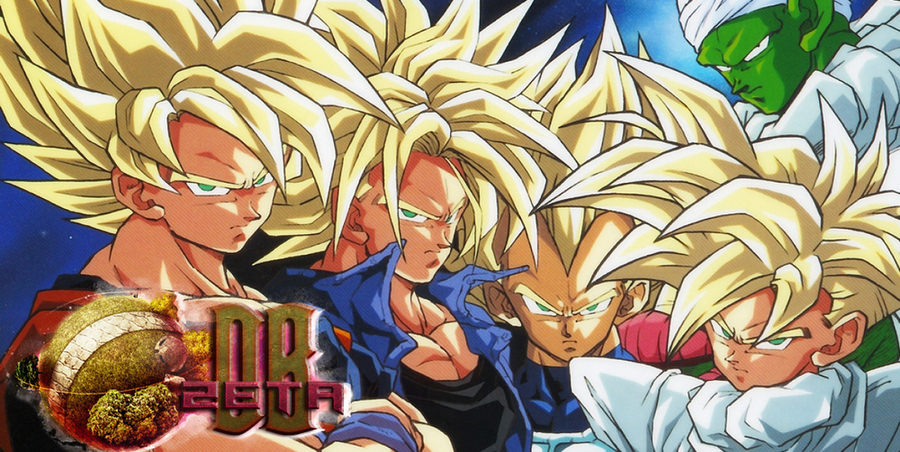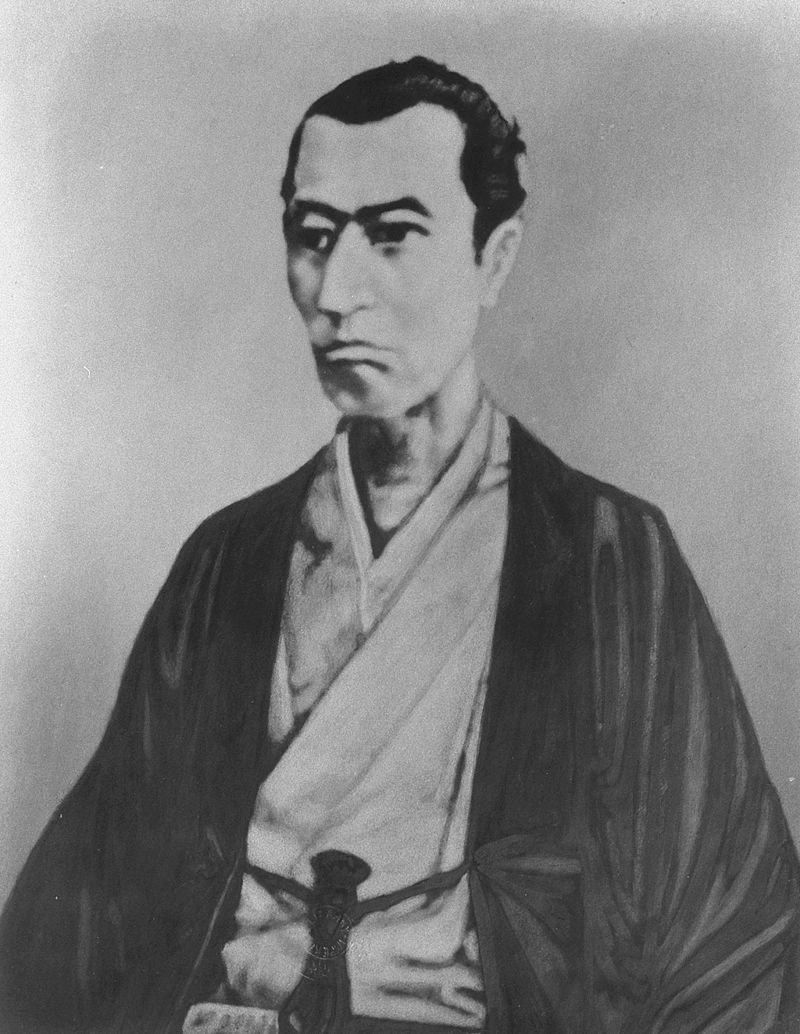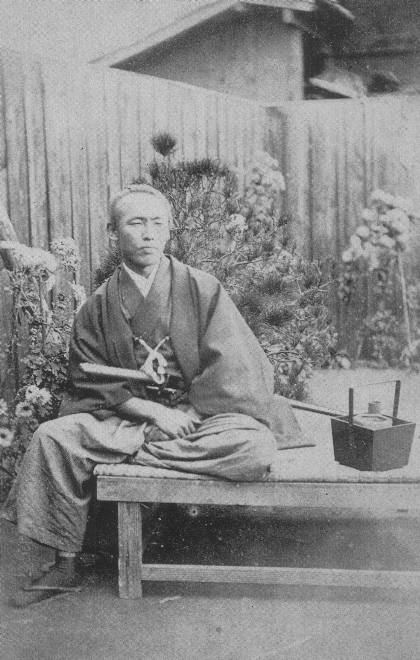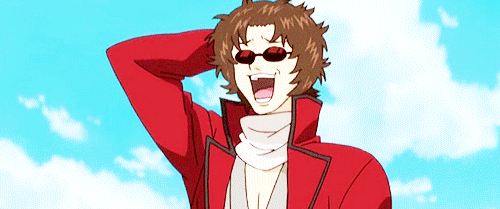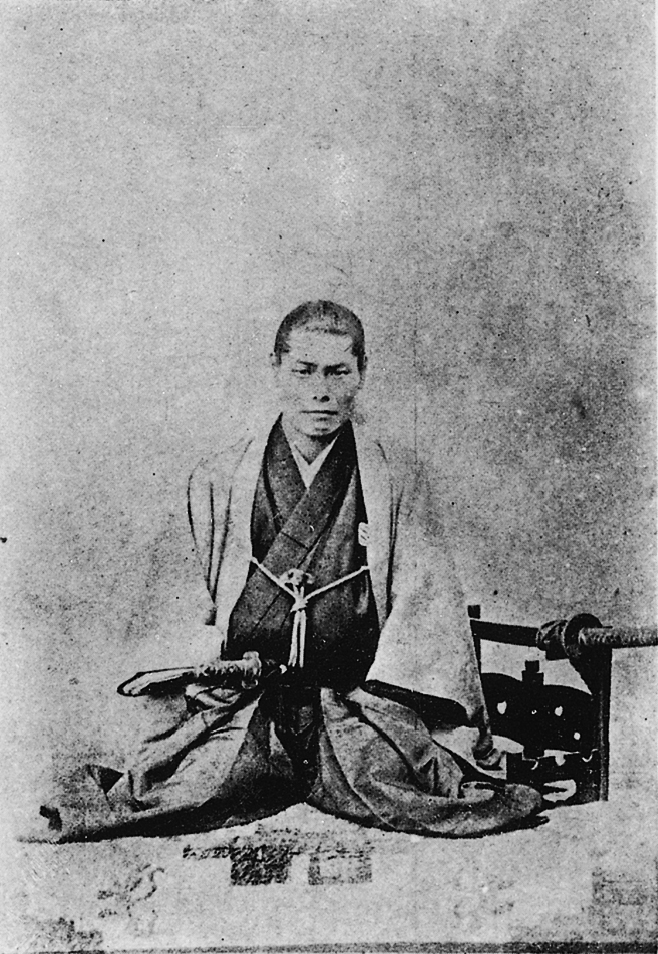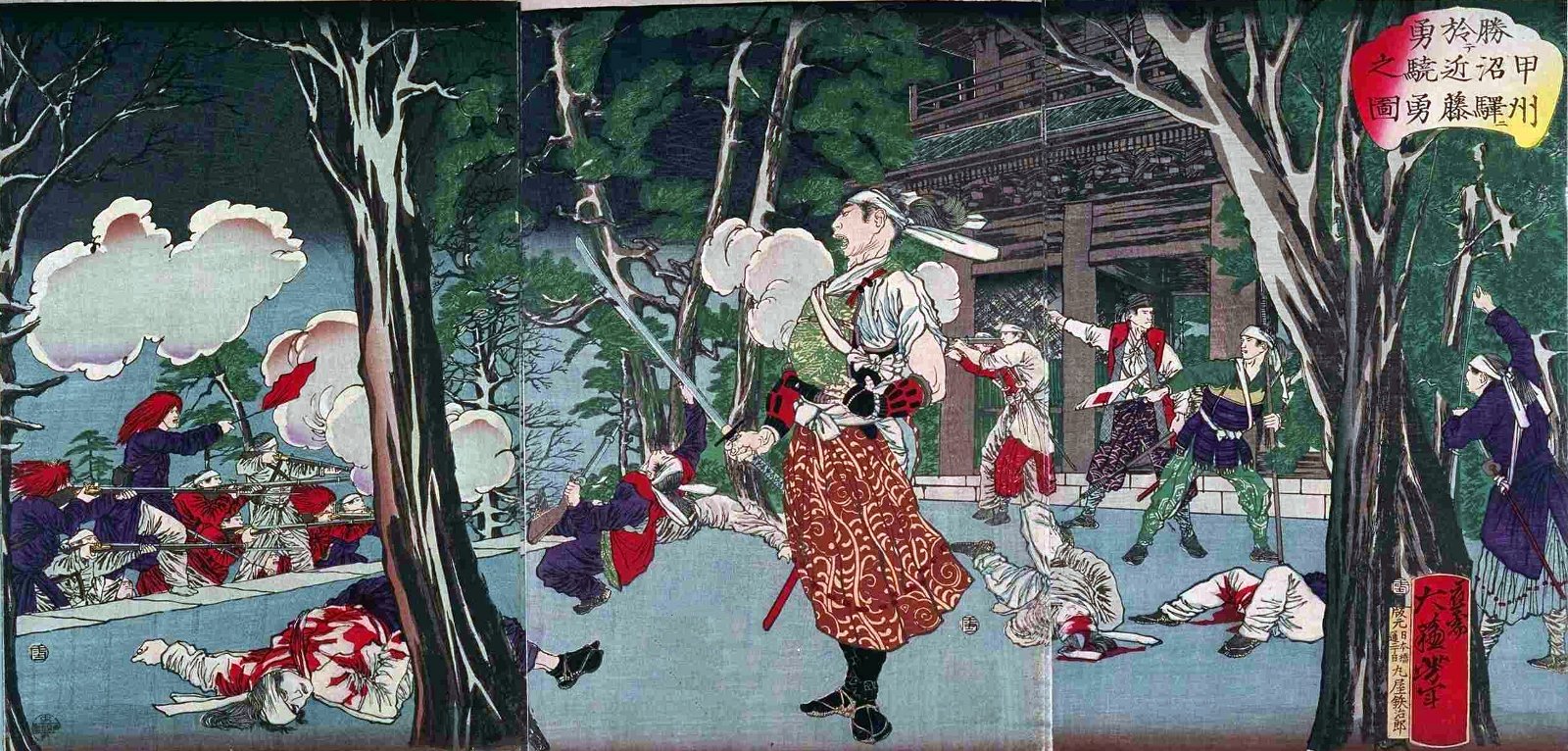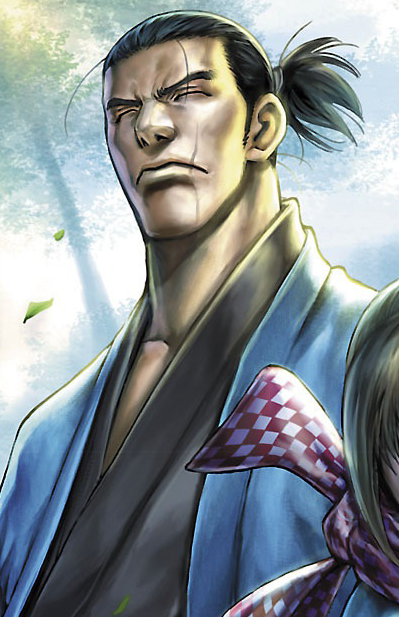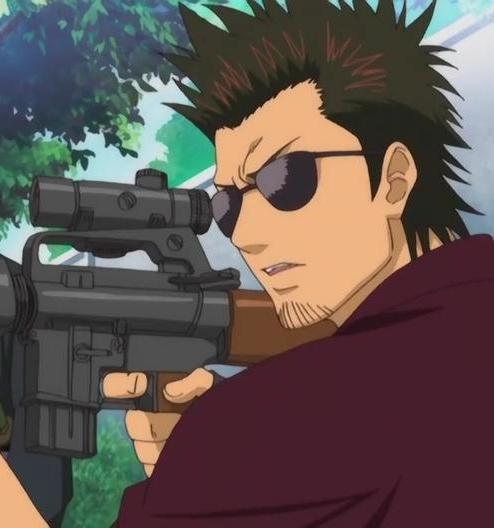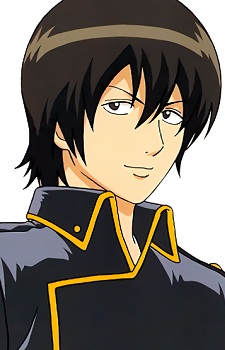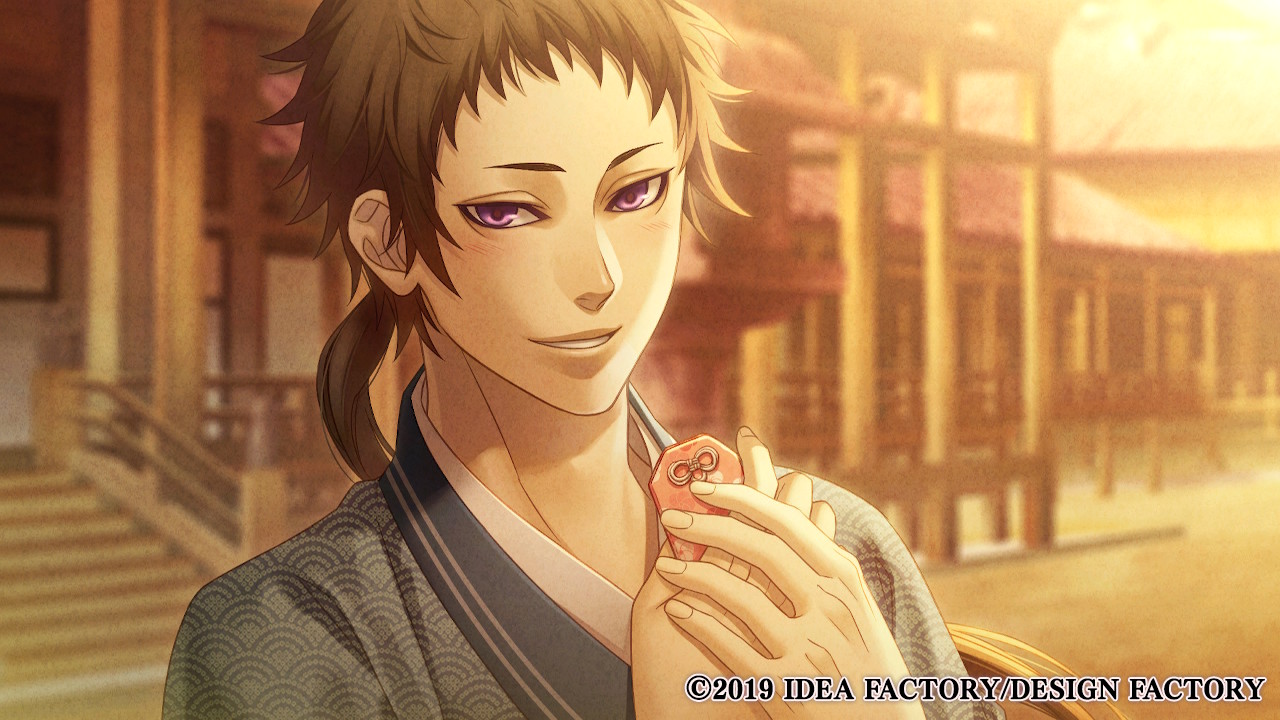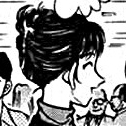- Joined
- Jun 4, 2015
- Messages
- 12,920
- Age
- 31
Real name: Takasugi Shinsaku
About: Lived from 1839-1867. Leader of Kiheitai and a key figure in the overthrow of the Tokugawa Shogunate/Bakufu and Meiji Restoration, which ended feudalism and the samurai class and put power into the hands of the emperor, rather than the shogun (miltary ruler). Student of intellectual Yoshida Shoin. Also did naval training on ships. Visited China during the Taiping Civil War (killed 20-30 million, 5-10% of China's population) and concluded that Japan needed to strengthen to protect itself from European imperialism. He originated the idea of a militia unit called a Shotai, which was made up of samurai but also others like farmers, carpenters, merchants and sumo wrestlers. In 1863 he formed a Shotai called the Kiheitai, which was a militia of 300 soldiers (50% samurai) and adopted the most modern weaponry and tactics. He then fought against the British, Dutch, American and French forces during a naval bombardment, where he realised Western tactics and technology would need to adopted for Japan to defend itself and was later entrusted with negotiating peace with the four Western powers. He also fought against the Takugawa Shogunate during two Shogunate expeditions against the Choshu domain, which were in retaliation for an attack on the Kyoto Imperial Palace (the Kinmon Incident). After Choshu was unable to fend off the first expedition, Takasugi fought a civil war against conservative elements within Choshu, with the support of his former classmate Kido Takayoshi, and won - proving the superiority of his modernised militia. Choshu was then able to fend off the Shogunate during the second expedition, in 1866. The Kiheitai went on to play a key role in the Boshin War of 1868, which ended the Takugawa Shogunate and brought in the Meiji Restoration era, although Takasugi himself died of TB the year before the war. His young son was taken under the wing of Kido Takayoshi and Kido's wife.
Manga: Takasugi Shinsaku (Rurouni Kenshin; Bakumatsu), Takasugi Shinsuke (Gintama).

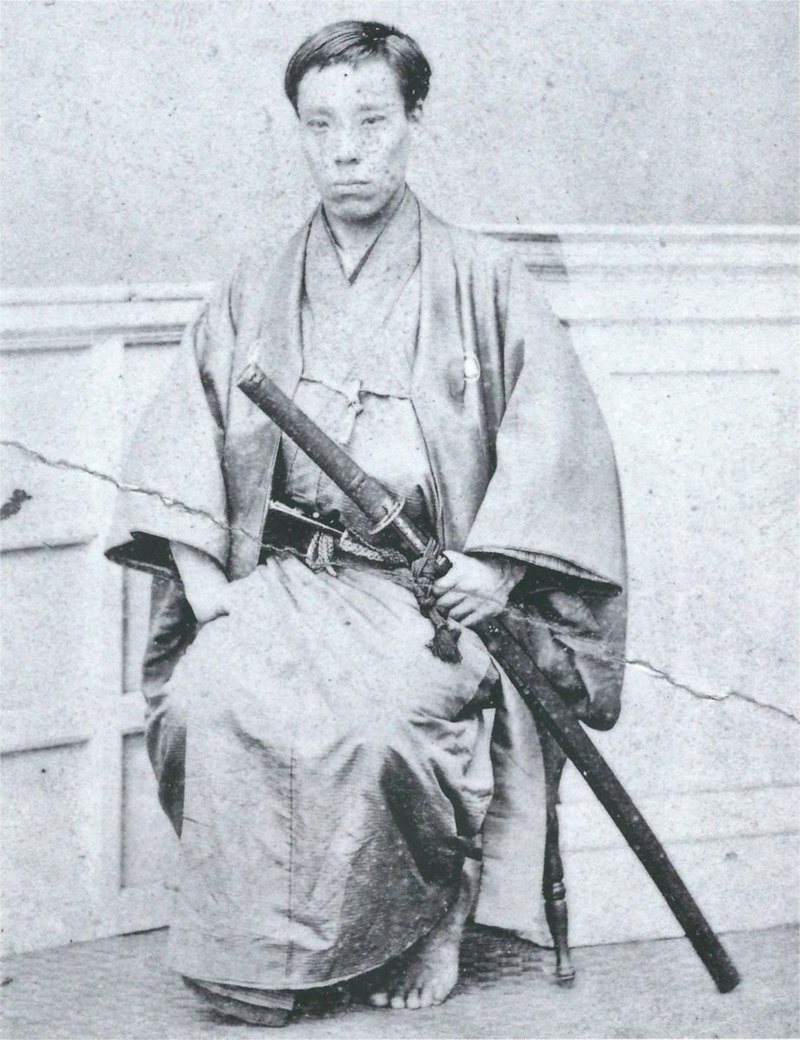
Kiheitai:

Kenshin Gintama
Gintama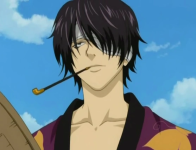 Bakumatsu
Bakumatsu

Real name: Katsura Kogoro and then Kido Takayoshi. Born as Wada Kogoro.
About: One of the principal founders of the Meiji Restoration and considered one of the "Three Great Nobles" of the Restoration, who founded modern Japan. He was born into the Wada family in 1833, son of a samurai doctor. His brother-in-law was already head of the family, so at 7 he was adopted into the Katsura family. He became head of the Katsura family at 7 years old, due to his adoptive father's illness and death only 10 days after he was adopted. The next year his adoptive mother died, so he was returned to the Wada household, where around 8 years later his mother and half-sister also later died of illness. He attended the Meirinkan samurai school, but later defied his father and in 1849 went to the school of Yoshida Shoin, where he learnt the ideology of imperial loyalism. His rather died in 1851 and Kogoro went to Edo to study swordsmanship, where he also became connected with radical samurai from the Mito domain, learned artillery skills and observed the construction of foreign ships. He returned to the Choshu domain, where he oversaw the building of their first Western-style warship. He later served as a liason in the Choshu domain's Edo residence, between the Choshu bureaucrats and young samurai who supported the radical Sonno-joi movement. After there was an assassination attempt on a Shogunate samurai, Kogoro was treated with suspicion due to his Mito loyalist links and sent to Kyoto. While Kyoto he was eventually chased by the Shinsengumi (an elite group of commoners and low-ranked samurai from the Edo region commissioned to protect Shogunate officials in Kyoto). There were rumours he was tipped off by his lover and eventual wife, who was a geisha called Ikumatsu, and escaped a meeting by climbing out of a window and escaping on the rooftops. He later hid under a bridge for five days, posing as a beggar, with Ikumatsu bringing him rice balls. He was involved in the Kinmon Incident, which was a rebellion in Kyoto, with the aim of capturing the Emperor - this incident led to the two retaliatory expeditions against the Choshu domain. After the rebellion, he went into hiding, before using a fake name to continue his work against the Tokugawa Shogunate. After Takasugi gained control of Choshu politics, Kogoro took on another alias and was one of the founders of the Satcho Alliance, which was a military alliance between the Satsuma and Choshu domains (Satcho is a portmanteau of these domain names), which was mediated by Sakamoto Ryuma and included two men - Okubo Toshimichi and Saigo Takamori - who would, along with Kogoro, become the "Three Great Nobles" of Meiji Restoration. After the defeat of the Shogunate, as a Meiji statesman he co-drafted the Five Article Charter Oath, which outlined the main aims and course of action to be followed under young Emperor Meiji's rule and he initiated modernisation policies and government centralisation away from feudal lords, advocated for a constitutional government, was interested in Western educational systems and prevented Japan from invading Korea (during the 1873 Seikanron debate). He left government in objection of an invasion of Taiwan, but was later convinced to return. He was responsible for the education of Emperor Meiji, who was still a child at the time.
Manga: Katsura Kotaro (Gintama), Katsura Kogoro (Rurouni Kenshin)

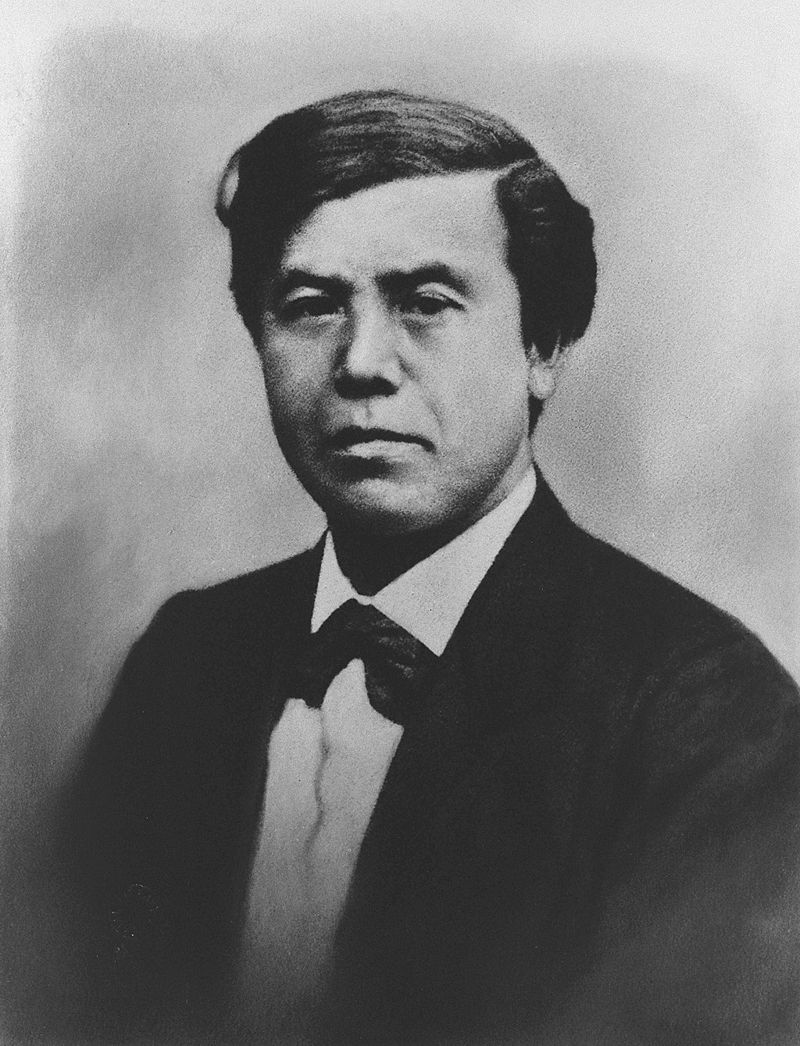

Gintama (disguised)
 will smith/obama
will smith/obama
 snow
snow

 screwdriver
screwdriver
 as Prime Minister lol
as Prime Minister lol

Kenshin

Real name: Oda Nobunaga.
About: Major feudal lord and unifier of Japan who lived 1534-1582, during the Sengoku period. Known as a "demon king". Launched a war against the other feudal lords to unify Japan. Depicted in many fictional works.
Manga: Oda Nobunaga (Basilisk (flashback only); Tail of the Moon; Tenkaichi: Nihon Saikyo Bugeisha Ketteisen )
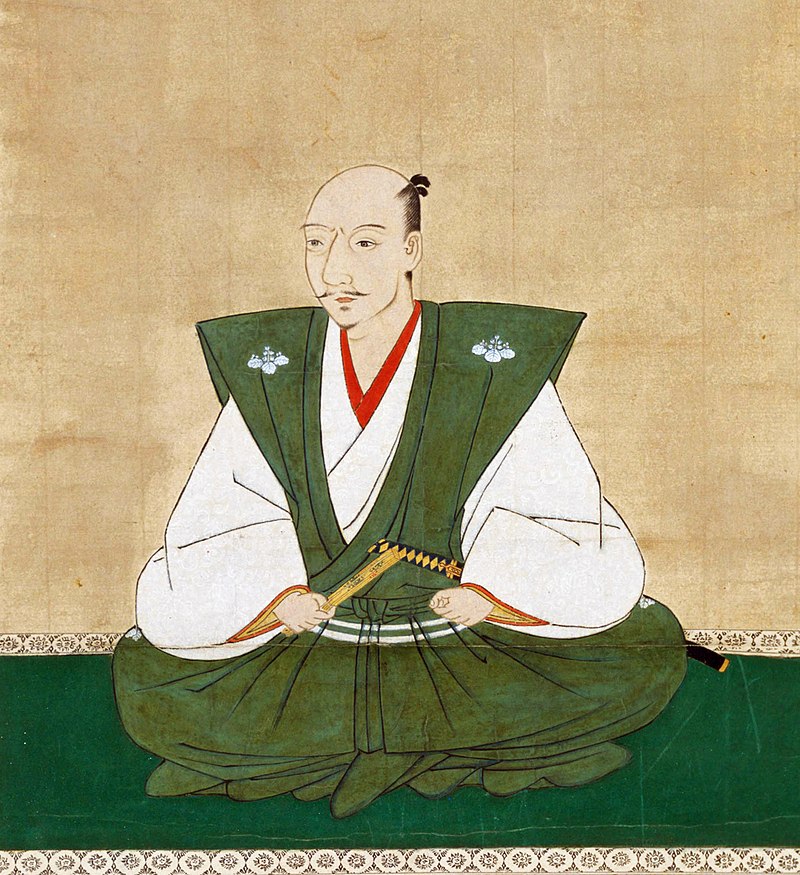

Basilisk
 Tenkaichi
Tenkaichi

Real name: Kamiizumi Nobutsuna
About: Samurai general, who lived 1508-1572/1577 and founded the Shinkage-ryu swordsmanship style, which later became known as the Yagyu Shinkage-ryu style (roughly meaning "Yagyuu New Shadow School"). This sword style was one of the two official styles of the Tokugawa Shogunate, with the other being the Itto-ryu (meaning "one-sword school").
Manga: Kamiizumi Nobutsuna (Record of Ragnorak; Tenkaichi)

Ragnorak
 Tenkaichi
Tenkaichi

Real name: Yagyuu Munenori
About: Minor feudal lord and masterful samurai of the Tokugawa Shogunate, lived 1571-1646. He wrote a well-regarded treatise on warfare called "A Hereditary Book on the Art of War". Founded and led the Edo (Tokyo) branch of the Yagyu Shinkage-ryu, which was the style he learnt from his father, who himself had learnt it from the founder Kamiizumi Nobutsuna.
Manga: Yagyuu Koshinori (Gintama), Yagyuu Munenori (Tenkaichi)

Gintama
 Tenkaichi
Tenkaichi

Real name: Yagyū Jūbei Mitsuyoshi
About: Son of Munenori, he lived from 1607-1650 and was a skilled samurai who possibly wore an eyepatch due to losing an eye in training. Not much known about him, but he's inspired many fictional characters in TV and video games.
Manga: Jubei Kibagami (Ninja Scroll), Yagyuu Kyuubei (Gintama, gender-swapped)
Ninja Scoll
 Gintama
Gintama

About: Lived from 1839-1867. Leader of Kiheitai and a key figure in the overthrow of the Tokugawa Shogunate/Bakufu and Meiji Restoration, which ended feudalism and the samurai class and put power into the hands of the emperor, rather than the shogun (miltary ruler). Student of intellectual Yoshida Shoin. Also did naval training on ships. Visited China during the Taiping Civil War (killed 20-30 million, 5-10% of China's population) and concluded that Japan needed to strengthen to protect itself from European imperialism. He originated the idea of a militia unit called a Shotai, which was made up of samurai but also others like farmers, carpenters, merchants and sumo wrestlers. In 1863 he formed a Shotai called the Kiheitai, which was a militia of 300 soldiers (50% samurai) and adopted the most modern weaponry and tactics. He then fought against the British, Dutch, American and French forces during a naval bombardment, where he realised Western tactics and technology would need to adopted for Japan to defend itself and was later entrusted with negotiating peace with the four Western powers. He also fought against the Takugawa Shogunate during two Shogunate expeditions against the Choshu domain, which were in retaliation for an attack on the Kyoto Imperial Palace (the Kinmon Incident). After Choshu was unable to fend off the first expedition, Takasugi fought a civil war against conservative elements within Choshu, with the support of his former classmate Kido Takayoshi, and won - proving the superiority of his modernised militia. Choshu was then able to fend off the Shogunate during the second expedition, in 1866. The Kiheitai went on to play a key role in the Boshin War of 1868, which ended the Takugawa Shogunate and brought in the Meiji Restoration era, although Takasugi himself died of TB the year before the war. His young son was taken under the wing of Kido Takayoshi and Kido's wife.
Manga: Takasugi Shinsaku (Rurouni Kenshin; Bakumatsu), Takasugi Shinsuke (Gintama).


Kiheitai:

Kenshin
 Gintama
Gintama Bakumatsu
Bakumatsu

Real name: Katsura Kogoro and then Kido Takayoshi. Born as Wada Kogoro.
About: One of the principal founders of the Meiji Restoration and considered one of the "Three Great Nobles" of the Restoration, who founded modern Japan. He was born into the Wada family in 1833, son of a samurai doctor. His brother-in-law was already head of the family, so at 7 he was adopted into the Katsura family. He became head of the Katsura family at 7 years old, due to his adoptive father's illness and death only 10 days after he was adopted. The next year his adoptive mother died, so he was returned to the Wada household, where around 8 years later his mother and half-sister also later died of illness. He attended the Meirinkan samurai school, but later defied his father and in 1849 went to the school of Yoshida Shoin, where he learnt the ideology of imperial loyalism. His rather died in 1851 and Kogoro went to Edo to study swordsmanship, where he also became connected with radical samurai from the Mito domain, learned artillery skills and observed the construction of foreign ships. He returned to the Choshu domain, where he oversaw the building of their first Western-style warship. He later served as a liason in the Choshu domain's Edo residence, between the Choshu bureaucrats and young samurai who supported the radical Sonno-joi movement. After there was an assassination attempt on a Shogunate samurai, Kogoro was treated with suspicion due to his Mito loyalist links and sent to Kyoto. While Kyoto he was eventually chased by the Shinsengumi (an elite group of commoners and low-ranked samurai from the Edo region commissioned to protect Shogunate officials in Kyoto). There were rumours he was tipped off by his lover and eventual wife, who was a geisha called Ikumatsu, and escaped a meeting by climbing out of a window and escaping on the rooftops. He later hid under a bridge for five days, posing as a beggar, with Ikumatsu bringing him rice balls. He was involved in the Kinmon Incident, which was a rebellion in Kyoto, with the aim of capturing the Emperor - this incident led to the two retaliatory expeditions against the Choshu domain. After the rebellion, he went into hiding, before using a fake name to continue his work against the Tokugawa Shogunate. After Takasugi gained control of Choshu politics, Kogoro took on another alias and was one of the founders of the Satcho Alliance, which was a military alliance between the Satsuma and Choshu domains (Satcho is a portmanteau of these domain names), which was mediated by Sakamoto Ryuma and included two men - Okubo Toshimichi and Saigo Takamori - who would, along with Kogoro, become the "Three Great Nobles" of Meiji Restoration. After the defeat of the Shogunate, as a Meiji statesman he co-drafted the Five Article Charter Oath, which outlined the main aims and course of action to be followed under young Emperor Meiji's rule and he initiated modernisation policies and government centralisation away from feudal lords, advocated for a constitutional government, was interested in Western educational systems and prevented Japan from invading Korea (during the 1873 Seikanron debate). He left government in objection of an invasion of Taiwan, but was later convinced to return. He was responsible for the education of Emperor Meiji, who was still a child at the time.
Manga: Katsura Kotaro (Gintama), Katsura Kogoro (Rurouni Kenshin)



Gintama (disguised)






Kenshin

Real name: Oda Nobunaga.
About: Major feudal lord and unifier of Japan who lived 1534-1582, during the Sengoku period. Known as a "demon king". Launched a war against the other feudal lords to unify Japan. Depicted in many fictional works.
Manga: Oda Nobunaga (Basilisk (flashback only); Tail of the Moon; Tenkaichi: Nihon Saikyo Bugeisha Ketteisen )


Basilisk


Real name: Kamiizumi Nobutsuna
About: Samurai general, who lived 1508-1572/1577 and founded the Shinkage-ryu swordsmanship style, which later became known as the Yagyu Shinkage-ryu style (roughly meaning "Yagyuu New Shadow School"). This sword style was one of the two official styles of the Tokugawa Shogunate, with the other being the Itto-ryu (meaning "one-sword school").
Manga: Kamiizumi Nobutsuna (Record of Ragnorak; Tenkaichi)

Ragnorak


Real name: Yagyuu Munenori
About: Minor feudal lord and masterful samurai of the Tokugawa Shogunate, lived 1571-1646. He wrote a well-regarded treatise on warfare called "A Hereditary Book on the Art of War". Founded and led the Edo (Tokyo) branch of the Yagyu Shinkage-ryu, which was the style he learnt from his father, who himself had learnt it from the founder Kamiizumi Nobutsuna.
Manga: Yagyuu Koshinori (Gintama), Yagyuu Munenori (Tenkaichi)

Gintama

Real name: Yagyū Jūbei Mitsuyoshi
About: Son of Munenori, he lived from 1607-1650 and was a skilled samurai who possibly wore an eyepatch due to losing an eye in training. Not much known about him, but he's inspired many fictional characters in TV and video games.
Manga: Jubei Kibagami (Ninja Scroll), Yagyuu Kyuubei (Gintama, gender-swapped)
Ninja Scoll


Last edited:
